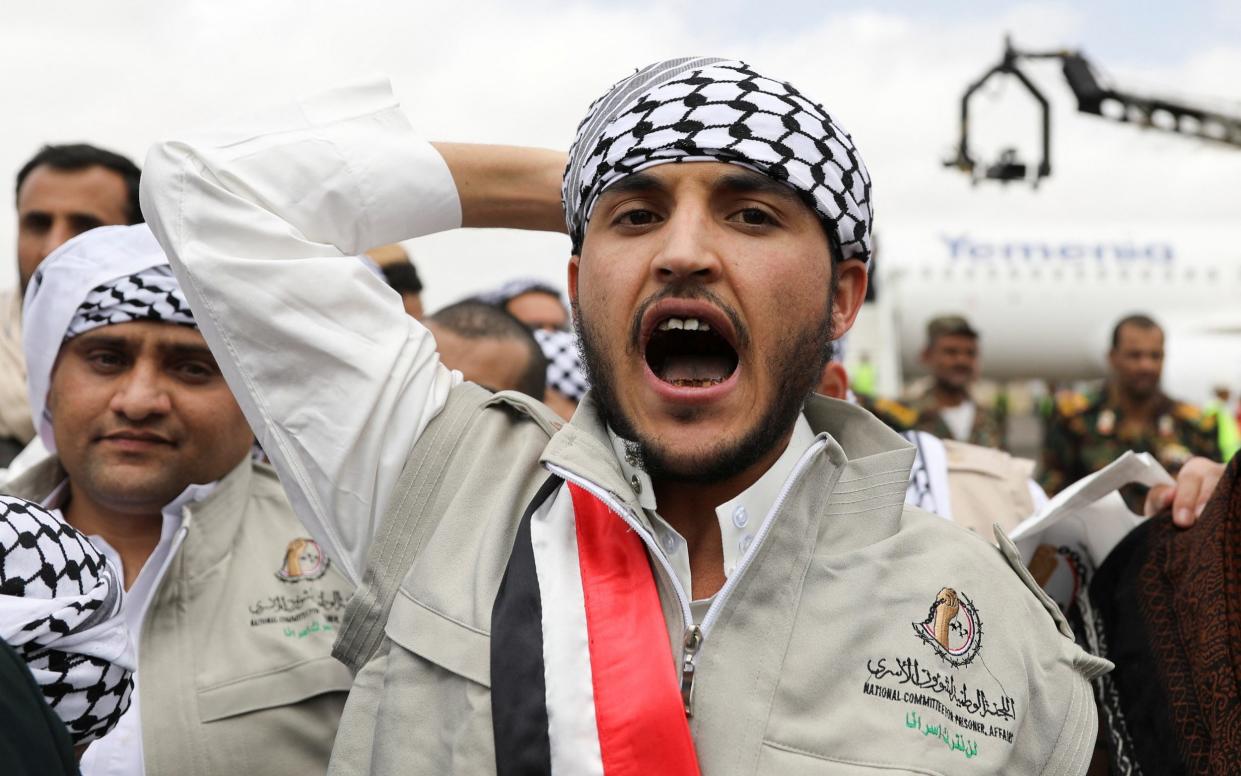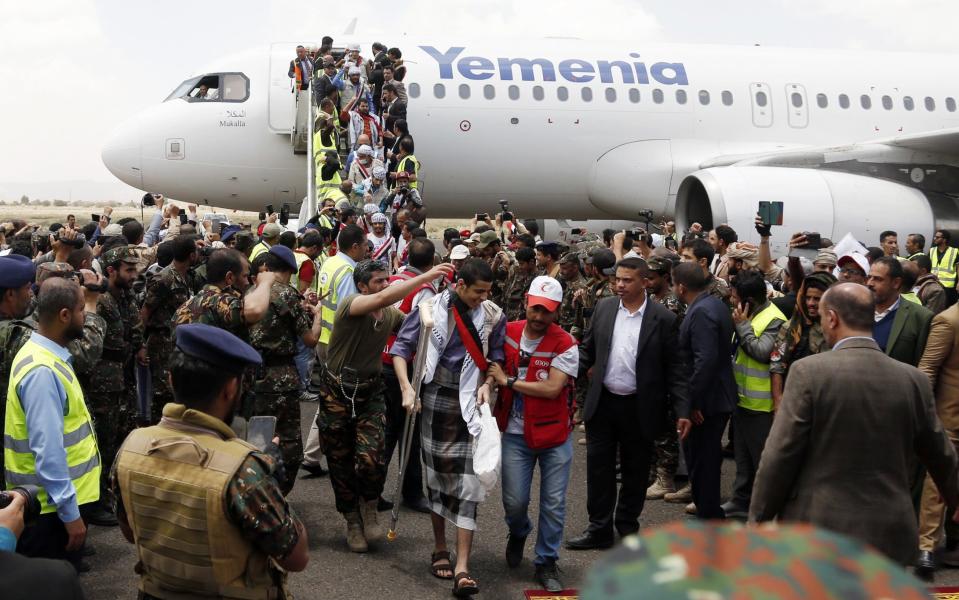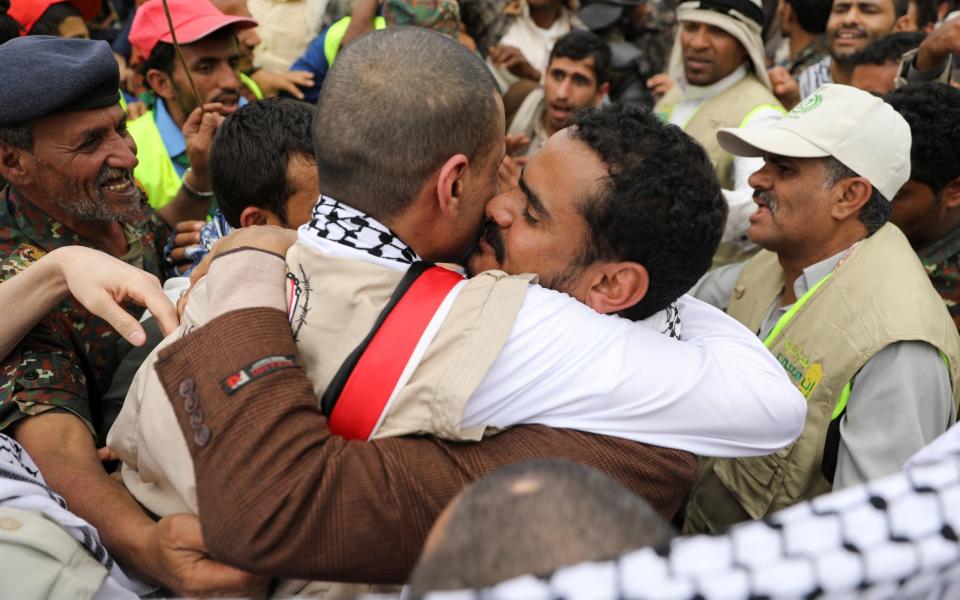Saudi Arabia and Iran end their explosive proxy-war

Saudi Arabia and Iran’s surprise agreement to put aside their explosive rivalry has raised hopes of resolving conflicts from Yemen and Syria, to Iraq and Lebanon.
A cascade of diplomatic activity across the Middle East this week has followed from the much-vaunted, Beijing-backed rapprochement, promising to reshape the region even as experts warn that the apparent goodwill between Riyadh and Tehran may be short-lived.
The Syrian foreign minister became the first senior Damascus official to visit Saudi Arabia since the start of the civil war, as Arab states discussed normalising relations with the government of President Bashar al-Assad.
A Saudi delegation meanwhile departed from Yemen, announcing they had made progress in talks with Houthi rebels on ending a brutal civil war there. A prisoner exchange was underway on Saturday to free 800 detainees on both sides, in a confidence-building measure.
From reining in pro-Iranian militias in Iraq to forcing Lebanon’s fractious leaders to agree on much-needed economic reforms and choose a candidate to fill a vacant presidency, there is much to be gained if Iran and Saudi Arabia can improve relations.
“The speed with which the trilateral Saudi-Iran-China statement of March 10 has been followed up by reciprocal visits… suggests that the rapprochement is more than skin-deep and is in fact proceeding quicker than many anticipated,” said Kristian Ulrichsen, fellow for the Middle East at Rice University’s Baker Institute.

Some observers, however, remain skeptical of whether the good will last. “There’s no denying the breadth and scale of ‘de-escalation’ going on in the region,” said Charles Lister, a senior fellow at the Middle East Institute. “But there is a lot more optics going on than substance at this point.”
In the past decade since the Arab Spring uprisings disrupted much of the old, long-standing order, Shiite theocracy Iran and the Sunni majority Gulf states led by Saudi Arabia have vied for influence by backing opposing factions in wars across the region, most notably in Yemen.
After the Iran-backed Houthi movement seized the Yemeni capital in 2014, a 29-year-old Crown Prince Mohammed bin Salman – then serving as an inexperienced defence minister – formed a military coalition with the United Arab Emirates to crush the rebels.
The subsequent eight years of fighting have been disastrous for Saudi Arabia, as war spilled across the border in the form of drone and missile strikes on oil installations and civilian centres.
Now the de facto leader of Saudi Arabia, the crown prince is much more eager to focus on his ambitious Vision 2030 plan to reform Saudi society and diversify the economy away from oil dependence. Similarly, the UAE has abandoned its earlier enthusiasm for militarism that earned it the sobriquet “Little Sparta”.
Gulf officials have concluded that it’s almost impossible to beat the Iranians in proxy warfare, said Mr Lister. “They’re just too good at it.”

With their traditional security guarantor the United States eager to disengage from the Middle East, that has left the Gulf states feeling as though diplomacy and rapprochement is their only approach.
Iran on the other hand is willing to enter a period of detente as it feels it is entering negotiations from a position of strength, Mr Lister argued.
“Iran has concluded that that its approach over the past 10 to 15 years has been victorious and there is no longer a need for it to be front and centre of their regional policy because it has achieved what it set out to achieve which is substantial influence and leverage in Iraq, in Syria, in Palestine and in Yemen,” he said.
Meanwhile, the root causes of regional conflicts are yet to be addressed.
Major points of contention remain between the Gulf states and Iran, including Tehran’s nuclear ambitions and commitment to exporting it Islamic revolution, suggesting that tensions could easily resume.
“The Iranians haven’t come to this out of weakness, they’ve come to this out of a profound perception of success… they see Saudi and the UAE as vulnerable,” said Mr Lister.
